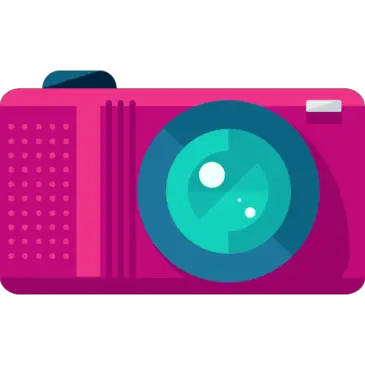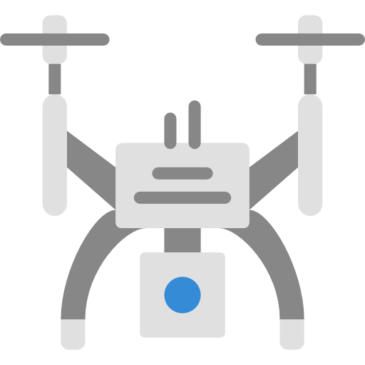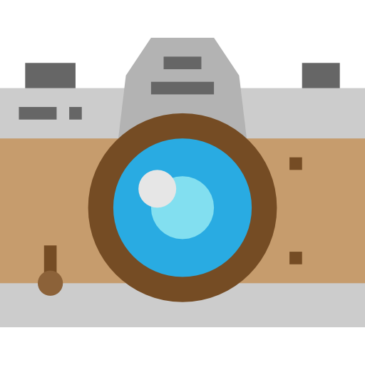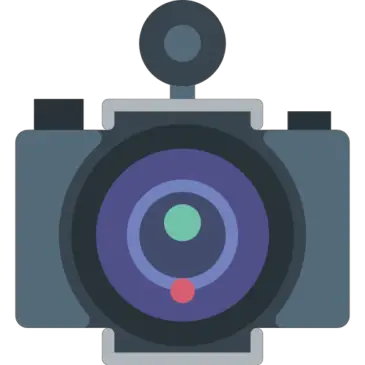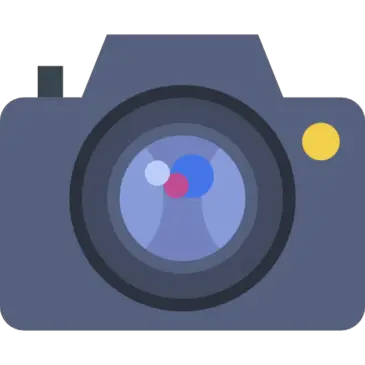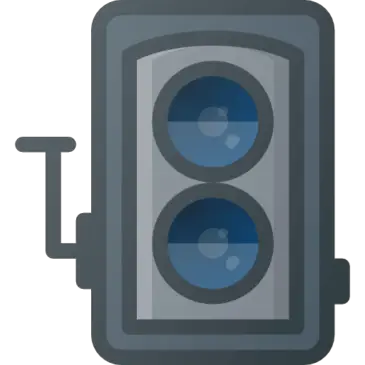INTRODUCTION
THE CAMERA JUNGLE
Welcome to guide on the different types of cameras. While photography is not an ancient technology, it has progressed a lot within just one century. Today, there are so many different kinds of cameras that most beginners will be lost without an introduction.
So here it is, a quick chapter and introduction to not just the modern digital cameras, but also some history on vintage film cameras – Read on to find out!
NAVIGATION
TABLE OF CONTENTS

Section A |

Section B |

Extra |

Closing |
SECTION A
DIGITAL CAMERAS

In this information age, a lot of people already own a camera thanks to smartphone technology. But there are still many different kinds of digital cameras, and this section will walk you through them.
1) Digital Single Lens Reflex Camera (DSLR)
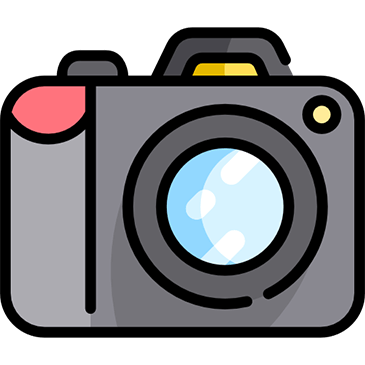
Common usage: Everything from casual shots to professional photography.
Pros: The usual workhorse. Good performance, good value for money, tons of lenses and accessories to choose from. The later DSLRs are also capable of shooting good quality videos.
Cons: Heavy, bulky, not really beginner-friendly, and also, the professional range of DSLRs are expensive.
The DSLR is one of the most common types of cameras that you will see these days. They used to be very expensive but have become much more affordable thanks to technology. Used by beginners and professionals alike, the DSLR is an old reliable workhorse of the photography industry. But just what does the name “DSLR” mean?
- “Digital” should be pretty self-explanatory. You can copy the images out of the memory card, and process it on your computer.
- “Single-lens” refers to an interchangeable lens.
- “Reflex” refers to an internal mirror that flips up when taking a photo.
Also, you will find “2 kinds” of DSLRs in the market:
- Full frame DSLR – When DSLR is first made, the electronic sensor took on the same size as a 35mm film. We call these full-frame DSLRs.
- Crop sensor DSLR – In the slightly later days of DSLR, a new affordable line of DSLR is made for entry-level photographers. The electronic sensor and parts are cut down in size to lower the cost – We call these crop sensor DSLR.
While some people are saying that DSLRs are being taken over by smartphones, they are far from being dead. The image quality produced by good DSLRs is still way better, and there really is no way a tiny smartphone camera is going to win a thousand dollar professional camera.
2) Compact Camera
Common usage: Casual shoots and travel photography.
Pros: Affordable, decent performance and lightweight. Good for travel and generic use.
Cons: Does not perform as well as professional cameras. Fixed lens, and limited camera settings.
Another common modern-day camera that you find everywhere, also sometimes known as a point-and-shoot camera. The compact camera uses an electronic sensor and memory card just like the DSLR, but the lens is usually fixed. It is also scaled down a lot more to fit into pockets.
Don’t expect these small cameras to have the same level of performance as DSLRs. They are made for beginners in mind, to be convenient for carrying around, but they are not made for professional work.
3) Mirrorless Camera
Common usage: Everything from casual shoots to professional work.
Pros: Slightly lighter than DSLR, has the same level of performance as DSLR. Good for both travel and professional work.
Cons: As of date, mirrorless cameras are not really that affordable… and they are rather notorious for draining batteries.
This is the successor of DSLR cameras, and remember reflex? A mirror in the DSLR? Some of you smart ninjas should have figured this one out already – The mirrorless camera is basically almost the same as a DSLR. It uses electronic sensors, memory cards, and has an interchangeable lens. However, it is missing that internal mirror, and a tad bit lighter than most DSLR.
As at the time of writing, mirrorless cameras are becoming more popular, but the adoption rate is still not as fast due to a lack of lenses. But who knows, as more lenses are released for mirrorless cameras and when good adapters are available, this may just take over the majority of the market.
4) Digital Medium Format
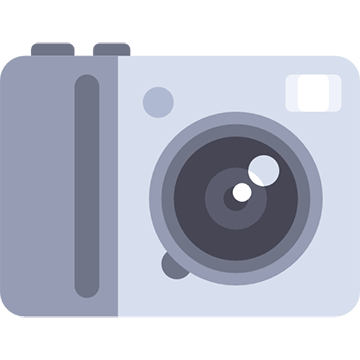
Common usage: Professional photography work.
Pros: Extremely good image qualities, extremely large photos.
Cons: Extreme expensive.
Are there cameras that are bigger than DSLRs? Yes, introducing the medium format camera. Back in those days, 35mm films are the mainstream media, and there are the bigger 120mm and 220mm “medium format” as well. In this digital age, DSLRs took over the 35mm and digital media formats took over the 120mm and 220mm films.
As you can expect from a “monster class” camera, these things easily have 4 times (or more) the number of megapixels than a conventional camera. They easily cost way more than 4 times a conventional camera as well…
5) Action Camera

Common usage: Video for sports and activities.
Pros: Rugged, waterproof, shockproof.
Cons: Not good for photography. Used only on a few special occasions, or mounted on drones and vehicles for videos.
The rise of action cameras is made popular by GoPro, and it is not difficult to guess why. These are high-resolution, rugged, shockproof cameras that are also small enough to fit into your pocket. These are really versatile cameras that can churn out good images and videos.
There is a wide range of accessories available for action cameras – Waterproof housing, bicycle mounts, helmet mounts, vehicle mounts, and even drone mounts. So although action cameras are not really good for photography, the amount accessories just make them perfect as a video camera for extreme sports and activities, which would otherwise be difficult to capture with a regular “bulky camera”.
6) Video Camera (Camcorder)
Common usage: Professional filmmaking.
Pros: Good for videos.
Cons: Good for videos only… Very expensive cameras that are meant for filmmaking.
Hand-held video cameras are popular in the late 1990s, but with the invention of smartphones, they quickly became obsolete. However, a small number of video cameras are still made today, specialized for filmmaking.
7) Smartphone/Tablet
Common usage: Casual photography, selfies, videos.
Pros: Very affordable, convenient, and actually takes quite decent photos/videos. Able to post directly online.
Cons: Does not have the quality of professional cameras.
Who does not know this one? Smartphone and tablet cameras do not have the same level of performance as actual pro cameras, but they are getting better.
8) 360 Degree Camera
Common usage: 360-degrees photos and videos.
Pros: 360 degrees photos and videos!
Cons: 360 degrees photos/videos are still quite new as at the time of writing. Not really widely adopted nor supported.
One of the newer and interesting technologies that take 360-degree photos and videos. As fun as this might sound, this really is in the early stages and not widely adopted; It is also more geared towards hobbyists at the moment. But who knows, VR is the next big thing and this camera will eventually be a hit. If you want to be a pioneer in 360-degree photography – Go grab one of these now.
9) Drone Camera
Common usage: Aerial photography and videography.
Pros: Beautiful aerial drone shots.
Cons: Limited battery life.
Aerial photography used to be expensive and impossible for the general public. But thanks to the drone technology, we simply attach a small camera to the drone, and what used to be impossible is now a reality.
10) Light Field Camera
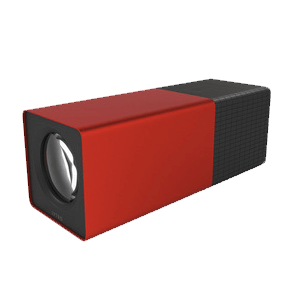
Common usage: Unique photography works.
Pros: Eliminates the need for auto-focus, no blurry photos.
Cons: Specialized camera, requires specialized software to work with the “photos”.
The light field camera is a totally different breed of a digital camera, maybe you have heard of the Lytro. While the “conventional camera” captures whatever is reflected by the lens, a light field camera captures all light information in front of it. Meaning, the light field camera does not need to focus.
Since the camera captures all kinds of light information, you can change the “focus” on various spots using the software, long after the photo has been taken. While the concept of this camera is interesting, it has not exactly picked up in terms of popularity. Maybe because of the price, and that you need specialized software to process the photos.
SECTION B
FILM CAMERAS

Digital cameras have taken over the market, but that does not mean that film cameras are dead. If you are into some vintage and unique style, these are perfect for you.
11) 35MM Camera
Common usage: Unique, vintage works.
Pros: You can probably get a 35mm camera for a good deal. Film cameras are not dead yet, and there are active communities that still use film. There is just something very unique about using film, and it has its own charm.
Cons: Not as easy to find rolls of film these days, and you have to buy specialized equipment to develop the film.
To fully understand modern-day cameras, you probably need to know where all the technology originated from. In the good old film days, there were a few types of films and the 35mm is one of the most commonly used formats.
So much that even today, we still base electronic sensors on the size of 35mm film. If you hear “digital full-frame camera”, that means a digital equivalent of the 35mm. But as glorious as the 35mm film camera is, the days have passed, and you can now find a ton of 35mm film cameras sitting all around in used camera shops.
12) Rangefinder
Common usage: Unique, vintage works.
Pros: You can also find these for a bargain, and these are still good usable cameras with their own appeal. But please note that there are modern digital rangefinders as well… and those are expensive.
Cons: Manual focus cameras, and again, not as easy to find film.
Back in those film days again, there was no such thing as “autofocus technology”. The closest thing to autofocus in those days is the rangefinder – One “advanced” camera that allows the photographer to get a sharp focus by lining up two superimposed images. This technology still serves as one of the foundations for modern-day auto-focus systems.
13) Single Lens Reflex Camera (SLR)
Common usage: Unique, vintage works.
Pros: Repeat – Film is not dead. You can buy the older SLRs and lenses for a bargain. This is probably a good place to start, for people who really want to learn photography – You will be forced to learn a lot by shooting in manual and starting with film.
Cons: SLR cameras are very mechanical in nature. Should you decide to get one, please do a 100% check on it. Because repair parts are hard to come by these days.
The grandfather of DSLR cameras, I don’t think this needs any more introduction.
14) Medium Format
Common usage: Unique, vintage works.
Pros: Film medium format has a very special timeless grace. Dish one out and you will see that instant wow factor.
Cons: While you can get a medium format camera for a bargain, the film is still really expensive… and hard to come by.
This is the big brother of 35mm film cameras and uses 120mm or even 220mm film formats. As you can expect, these cameras (and films) are expensive. Even today, digital medium format cameras easily cost a bomb.
15) Polaroid
Common usage: Casual and portrait photography.
Pros: Instant color photos.
Cons: Expensive film, and no room for mistakes – Once you press that shutter button to take a picture, that’s it.
The Polaroid is a film camera, but it is still surviving today because of how unique it is. While you need to develop most films into photographs, the Polaroid is instant – You take a photo, and it instantly “prints” on the spot. Kind of cool to print an instant selfie on the spot.
EXTRA
USEFUL BITS

That’s all for this guide, and here is a small section on some extras and links that may be useful to you.
LINKS & REFERENCES
- A Simple Guide to the Different Types of Digital Cameras – Expert Photography
- List of camera types – Wikipedia
- Evolution of The Camera – One Extra Pixel
CLOSING
WHAT’S NEXT?
 Here comes the end of the list, and I hope this guide helped you to understand a little more about the types of cameras. Should you need some help in choosing a buying a new camera, please continue to read the next chapter of this beginner’s series – Click on the “How to choose a camera” button below. Cheers, and happy shooting!
Here comes the end of the list, and I hope this guide helped you to understand a little more about the types of cameras. Should you need some help in choosing a buying a new camera, please continue to read the next chapter of this beginner’s series – Click on the “How to choose a camera” button below. Cheers, and happy shooting!

